1923
Born Trowbridge, Wiltshire. Pictured here with his sister Rosemary (left) who also went on be a painter and sister Cecilia (centre) who became a ballet dancer and worked with Hilde Holger and Lindsay Kemp.
Their parents shared a love of the arts and encouraged their children’s talents. One of 13 children from generations of farm labourers in Wiltshire, their father Frank was in the Navy in WW1 and helped rescue people from the sinking Lusitania. He went on to become a butler for the Smith-Barry family in Wiltshire but loved music hall and opera, being a frustrated performer. Frank would entertain around local villages with street performances based on his favourite music hall acts where he made his own costumes!
Their mother Blanche (nee Arbon) was from Suffolk originally – a district nurse and founding member of the Womans Institute in Wiltshire. She was also a painter, gardener and wrote poetry.
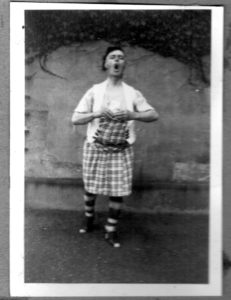
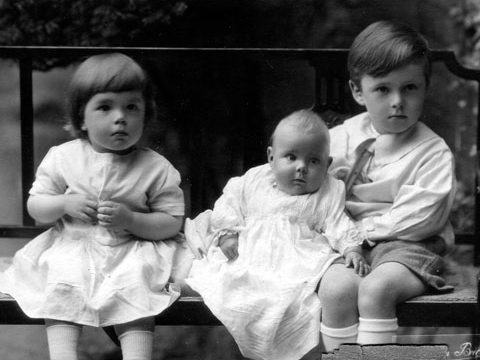
Growing up in rural Wiltshire, Jeff was instilled with a great love for the countryside. A sensitive shy boy who read voraciously and showed artistic talent from an early age. At 16, Keen was sketching and painting detailed studies of birds he observed in the fields and woods. He shone academically, winning first a scholarship to the local grammar school and then was accepted to Oxford and was thinking of studying to become a vet. This however was thwarted by the onset of war.
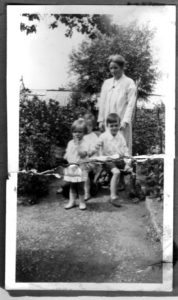
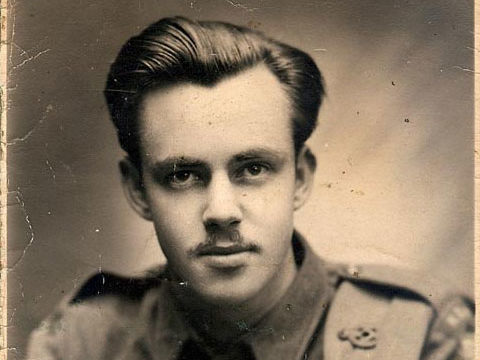
1942
Drafted into the army’s Royal Engineers where he worked on new tank and aeroplane developments. He narrowly missed the D-Day landings, where many of his friends and colleagues were killed; this proved a seminal moment in his life and work.
His spare time was spent sketching, going to the cinema and exhibitions. He kept scrapbooks of the art which inspired him, including Surrealist and Dadaist works, Picasso, Dubuffet and the English Neo Romantic artists. He also read voraciously, both the classics and moderns.
1947
Demobbed from the army, Keen started (but never finished) a Commercial Art course at Chelsea. This was followed by a prolific phase of painting and drawing where he experimented with ideas and developed his own unique style.
Early 1950s
Keen moved to Brighton, East Sussex. Here he met his great love, collaborator and muse, art student Jacqueline Foulds, in a ‘beatnik’ inspired cafe called Tingey’s Coffee Bar.
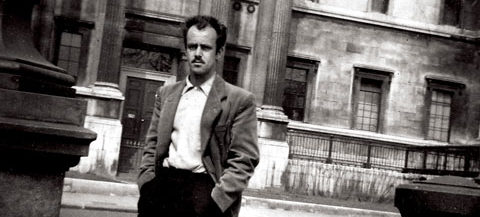

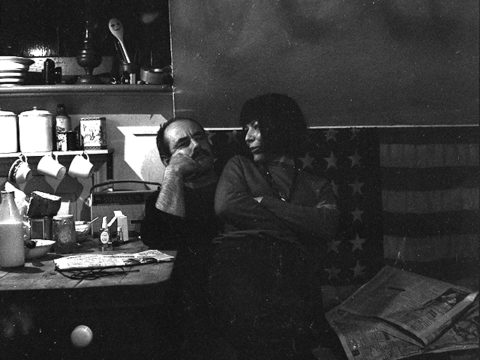
1956
Jeff and Jackie married and moved into a tiny attic apartment in a slum area of Brighton. Jackie suggested that Brighton Art College needed a Film Club, so Keen established the Film Society there. He programmed an exciting selection of ‘art house’ classics including those who inspired him such as Maya Deren, Bunuel and Cocteau. It was at this point too that he started collecting toys, pulp fiction magazines and American comic books.
From the mid 1950s, Jeff and Jackie were friends with Ray Barker and they started experimenting making short 8mm films together. Jeff started developing ways of doing ‘tabletop’ animations at home.
1960s
Following on from WAIL made in 1959, more short 8mm films followed in swift succession, including The Autumn Feast in 1961 – a collaboration with New York Beat poet Piero Heliczer who starred in Andy Warhol’s ‘Couch’.
In 1962, he met Tony Wigens of Cine Camera magazine, who had some of his work blown-up to 16mm and distributed on the amateur film circuit and shown in the foyer of the National Film Theatre. It was here that the influential critic Ray Durgnat first saw Keen’s films and wrote about them in ‘Films and Filming’.
An important contributor to Britain’s 1960s countercultural scene, he maintained important international links through mail art with self published books and prints. Keen continued to be a prolific artist, collaborating with a range of other artists. Greatly inspired by his contemporary Gustav Metzger, he was actively involved in the Fluxus movement and Anti Nuclear protests at this time. It seems he was arguably the first street artist in the UK, using stencils and freehand spray paint graffiti style to create ‘wall art’ on buildings around Brighton as early as the 1960s – long before Banksie! He staged numerous expanded cinema and experimental sound and poetry performances, most famously at the legendary Better Books on Charing Cross Road, London. He was also co-founder of the London Filmmakers’ Co-op. He worked closely with Bob Cobbing, Annea Lockwood and Jeff Nuttall amongst others.
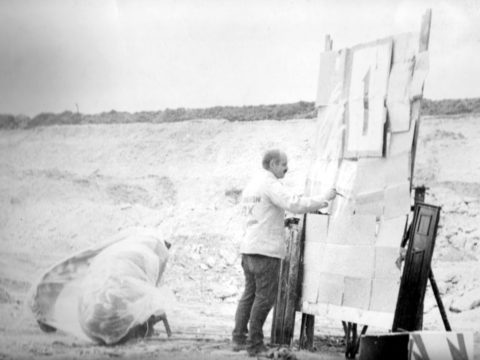

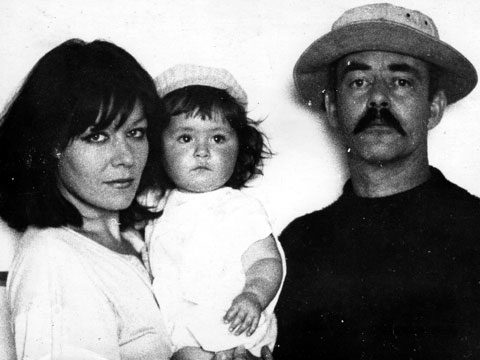
1965
Their only child Stella was born. From an early age, Stella starred in and worked as 2nd camera person on many of her father’s films.
1970s
In 1970, The National Film Theatre held the First International Underground Film Festival, where Jeff showed his Rayday Film as part of an Expanded Cinema show. This took its name from the magazine, Amazing Rayday Secret Comic, that Jeff had published in Brighton since 1962 and sold internationally. Revealing his enduring love of comics, it included graphics, poems and artwork with written contributions from William Burroughs. He also presented Expanded Cinema events at art venues that combined multiple projections, poetry, experimental sound and live action with graffiti style drawings on the wall. During the 1970s his films were shown to both national and international acclaim.
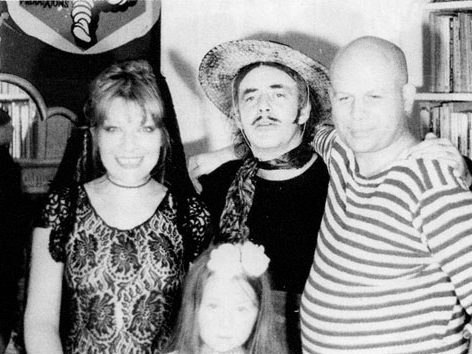
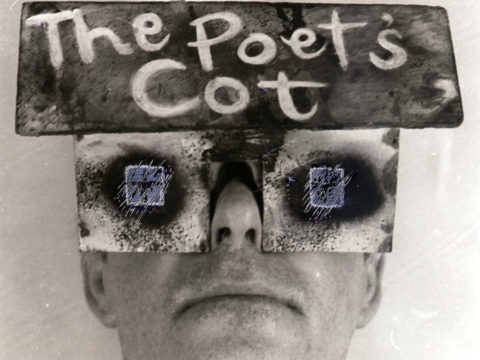
1980
Jeff and Jackie separated. Consequently there was a great change in Keen’s work from this period. The carefree playful mood of Family Star films like White Dust and Mad Love was replaced by a darker, more introspective approach. The lone figure of the artist/hero emerged.
1982 into the 1990s
Keen featured in a group exhibition at the Serpentine Gallery and performed at San Francisco Art Institute. The Channel 4 documentary Jeff Keen Films was broadcast in 1983. Working with editor Damian Toal, he began experimentation with video and computer technology. Characters from his work, such as Dr Gaz – his original ‘mad scientist’ alter ego – metamorphosed into a more Homeric figure. Larger than life anti-heroes including Blatzom (a play on the word ‘Blitz’), Omozap (a play on the word ‘homosapien’) and The Plasticator (a Terminator-style ‘Art Assassin’) became part of Keen’s ever-evolving cast of characters. Keen also worked on graffiti-style paintings which were designed to be transitory and disposable. Large-scale paintings were created on cardboard and paper that disintegrated over time. In 1998, Keen gave lectures and showed his films at Tate Britain.
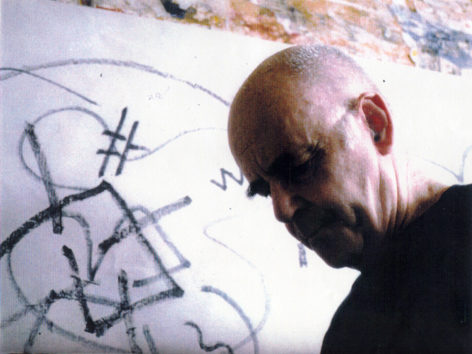
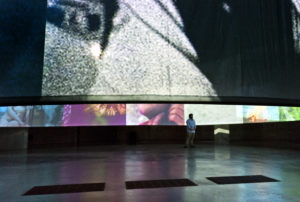
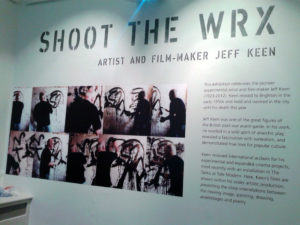
2000 onwards
In 2005 Keen was diagnosed with prostate cancer. Later on, he received an additional diagnosis of Parkinson’s disease. In 2009 there was a major week-long retrospective of Keen’s film work at the British Film Institute, Southbank, London to coincide with the launch of the British Film Institute’s DVD box set GAZWRX: The Films of Jeff Keen. In 2011 he had his first solo exhibition of paintings at Galerie Du Centre, Paris, followed by a Pop Art group show and featured in Art Elysées Art Fair. In Jan 2012 there were his first New York solo exhibitions at Elizabeth Dee Gallery and 1602 Broadway.
21 June 2012
Keen passed away in Brighton.
That same year there was the ‘Shoot The Wrx’ retrospective exhibition at Brighton and Hove Museum and also ‘GazApocalypse – Return to the Golden Age’ – a 360 degree film installation and commemorative performance at Tate Modern Tanks.